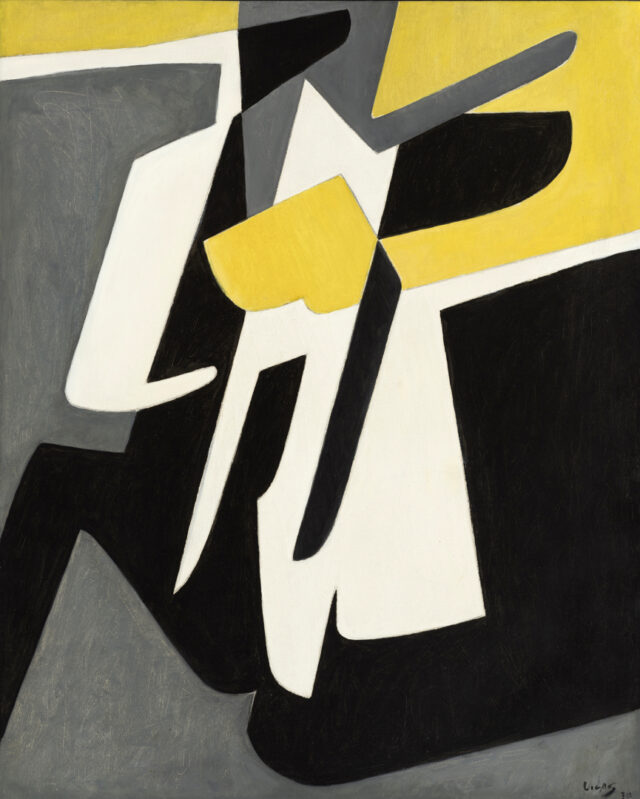
This year would have been Latin American painter and muralist Oswaldo Vigas’ 100th birthday.
Institutions around the world are honoring this artist who translated Venezuelan heritage through the aesthetics of European modern art with a series of exhibitions organized by his son—filmmaker Lorenzo Vigas—in partnership with the Oswaldo Vigas Foundation.
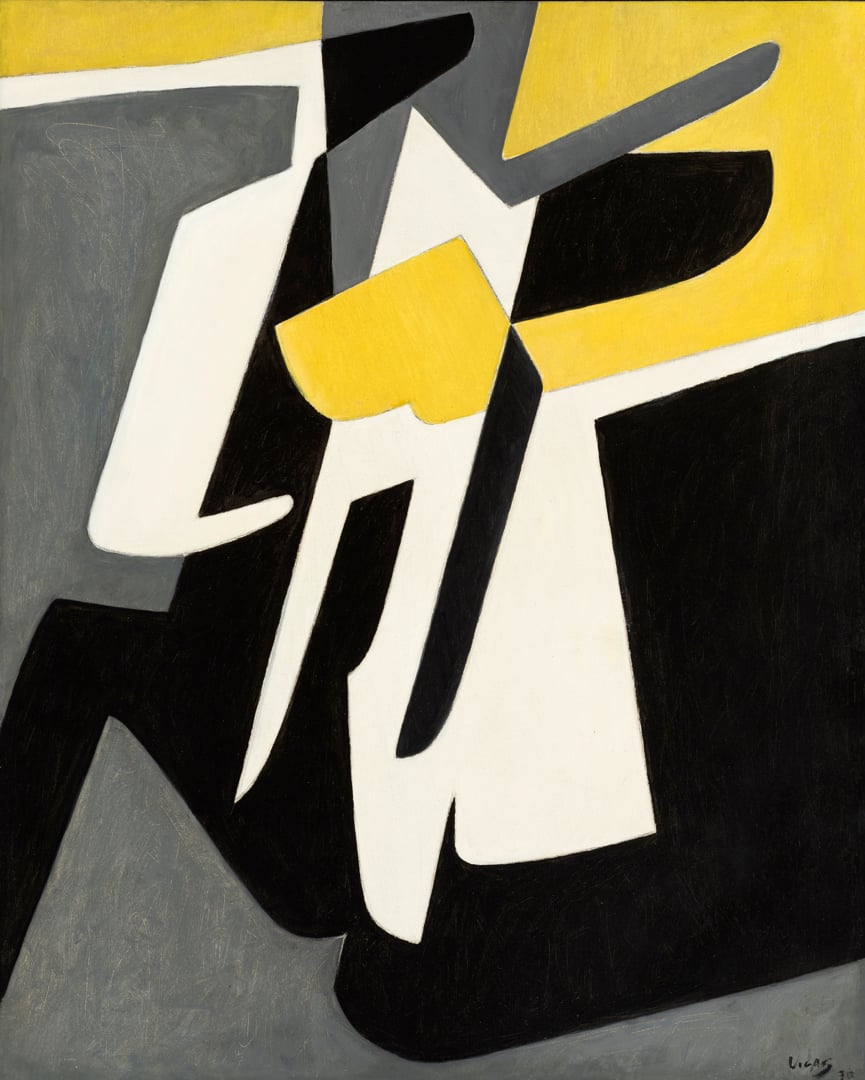
A number of never-before-seen works by Vigas are on view through May 21 in a svelte, curated show titled Paintings Between Latin America, Africa, and Europe at the Boca Raton Museum of Art.
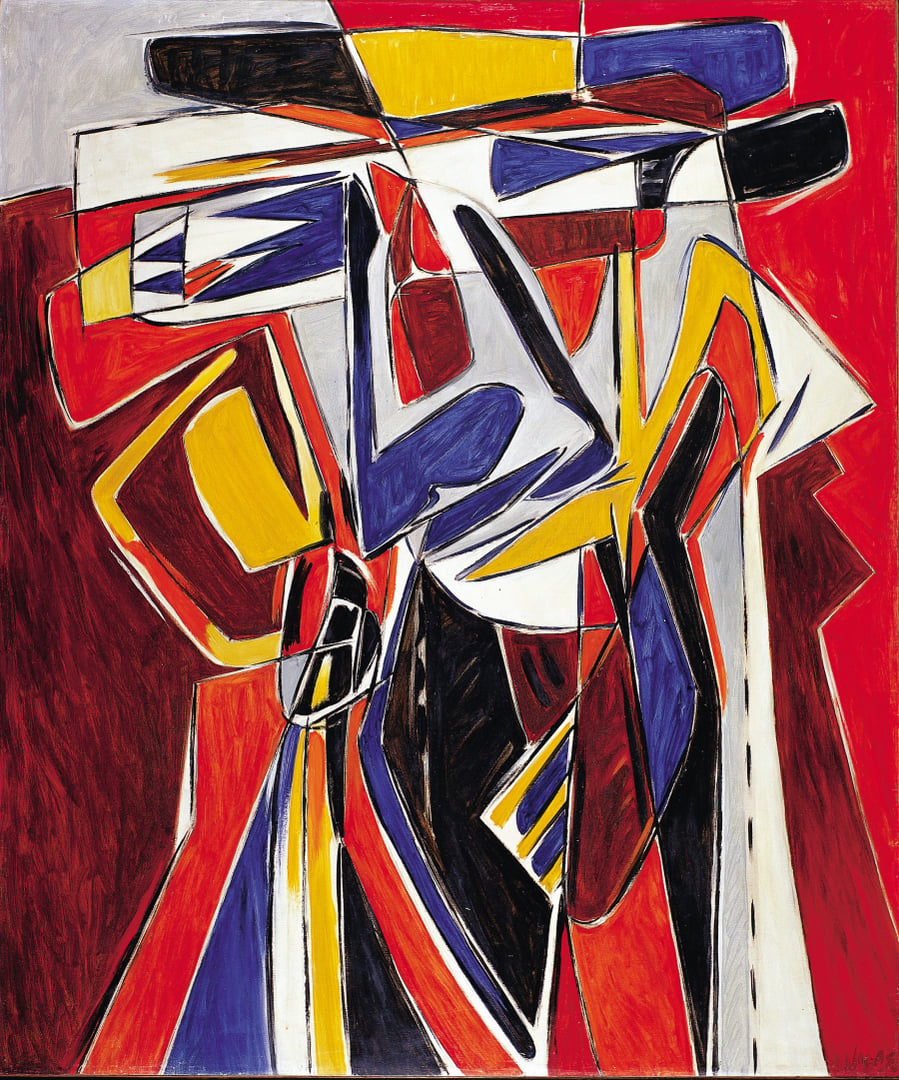
The South Florida showcase takes its theme from an interview Vigas gave in the 1960s. There, Vigas said his colorful semi abstractions honor symbolism from across the Americas.
“The intention of my paintings is to reach them, interpret them, and translate them into new warnings,” Vigas said of those symbols, which start with the land’s diverse, sometimes foreboding splendor, but boast roots much deeper. “My paintings are halfway between America, Africa, and Europe.” It’s hard to be halfway between three things. Maybe that’s part of the point.
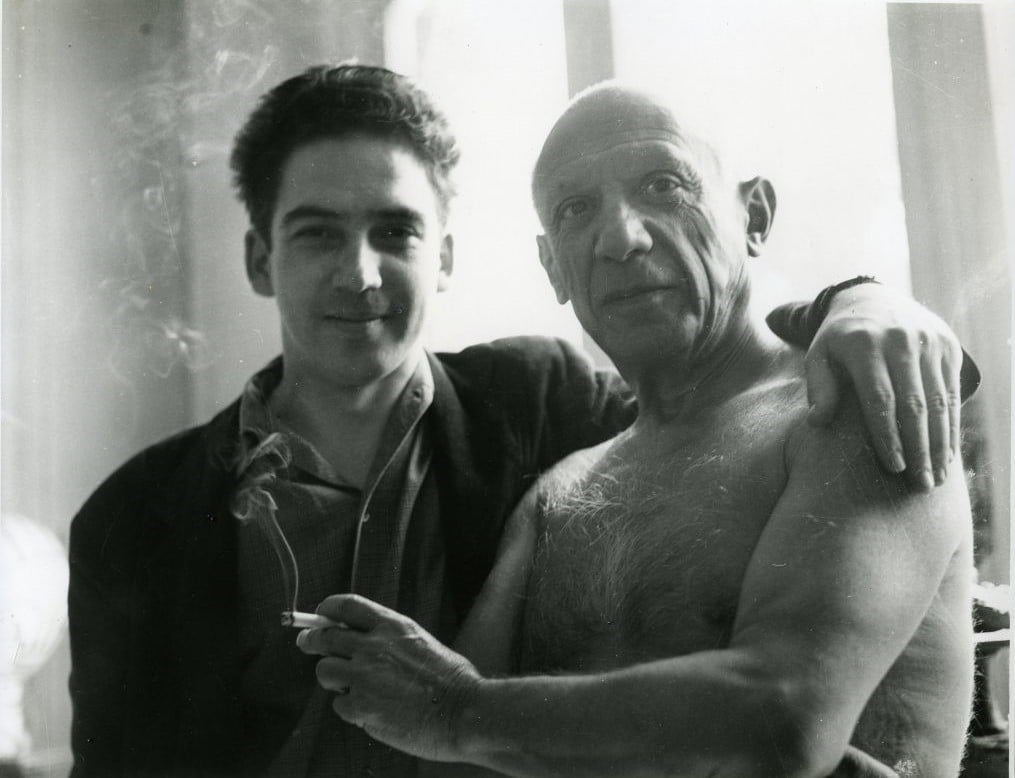
Vigas, a self-identified Mestizo of mixed indigenous Venezuelan and Spanish heritage, studied medicine at Universidad de los Andes before moving to Paris in the 1950s to become a painter, working alongside the likes of Pablo Picasso while synthesizing the Cubism, Surrealism, and Neo-figurative art movements. Vigas’ practice went on to encompass big walls, sculptures, ceramics, and tapestries, too—presented in more than one hundred exhibitions over his life.
His prolific paintings focused predominantly on the human—especially female—form. This feminine focus began at age 12, around the time that Vigas’ father died. He returned to Venezuela after twelve years abroad with a desire to contribute to his own country’s scene, perhaps relinquishing a spot alongside his Parisian peers on the marquee of art history.
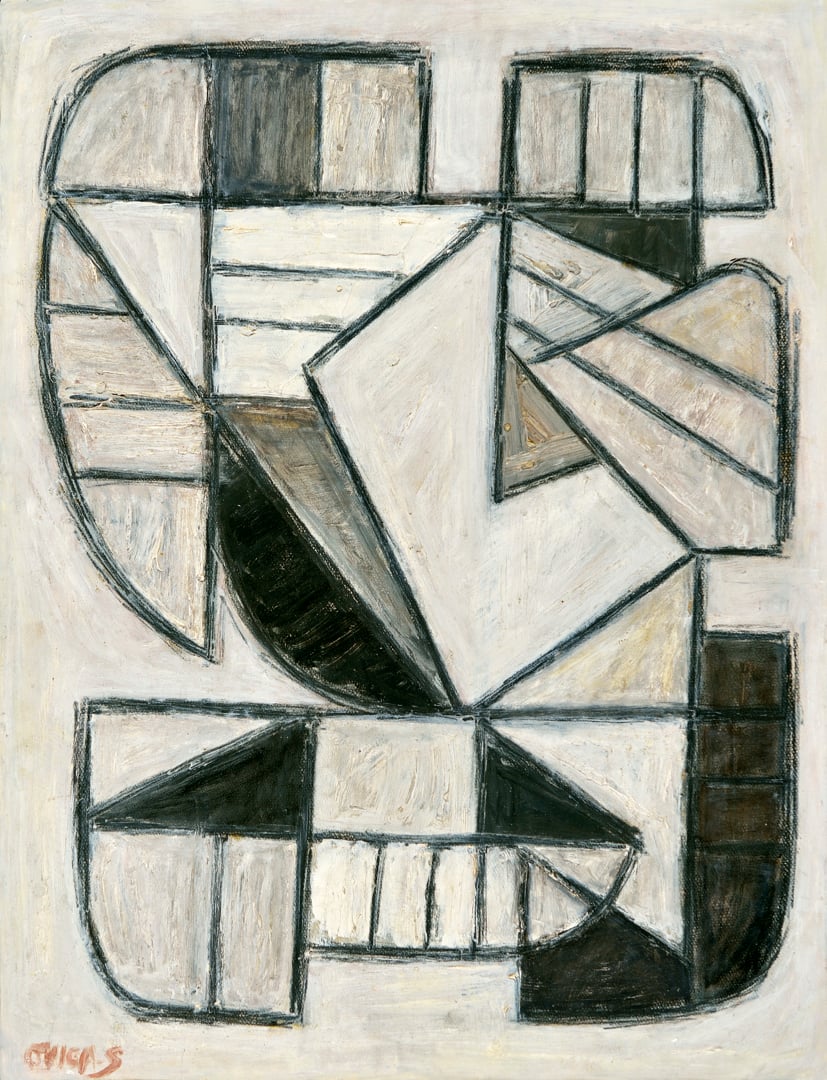
on masonite. (Oswaldo Vigas Foundation)
In Venezeula, Vigas applied the multifaceted but simultaneous viewpoint innate to Cubism to ancient Venezuelan heritage, honoring the country’s converging Indigenous and African histories through modernity. The results—energetic, vibrant, engaging despite their weight—transcend any single culture.
The pieces on view in Boca Raton hail from both Vigas’ Parisian and Venezuelan periods, and focus on his abstractions. “My father was never interested in promoting his work and maintained a scarce and distant relationship with galleries in general,” Lorenzo Vigas tells Maxim.
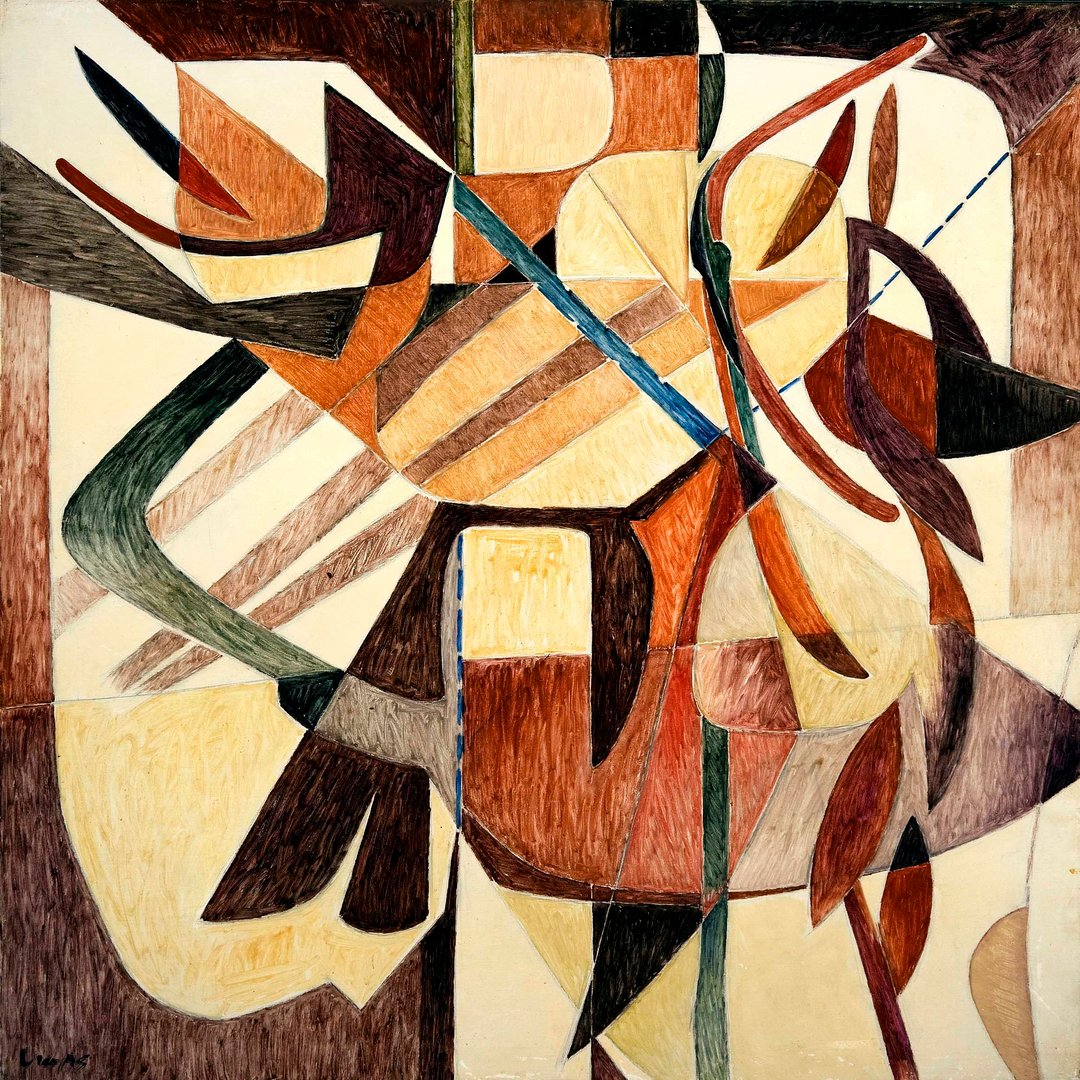
“Being a very prolific artist, he mainly dedicated himself to creation, knowing that after his death his work would be recognized and transcend his time.” Most pieces in this show are closely guarded by the Oswaldo Vigas Foundation, on reserve for showcases at museums around the world.
Museum staff in Boca Raton worked closely with Lorenzo Vigas to choose the 17 paintings across this exhibition. His late father’s birthday this year also brings another momentous occasion—the digital publication of a new catalog raisonne exploring Vigas’ 70 years of artwork, making him the first Venezuelan artist to receive such research and writing.
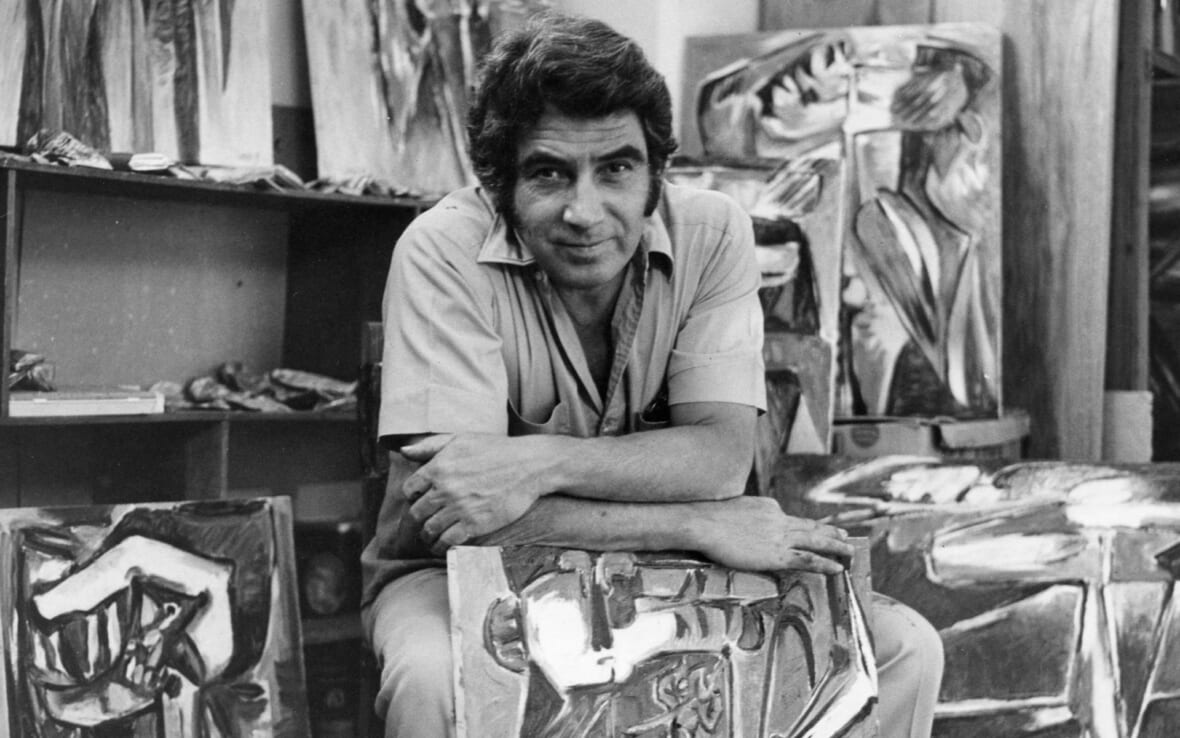
What’s more, these deep archival cuts also lend new meaning to the Boca Raton Museum of art’s existing displays. “With the new installation of the Art of Ancient America in our galleries,” Executive Director Irvin Lippman tells Maxim.
“This exhibition provides an opportunity to show the visual link between Oswaldo Vigas and the aesthetic of sculptures and textiles from early cultures in Latin America.”
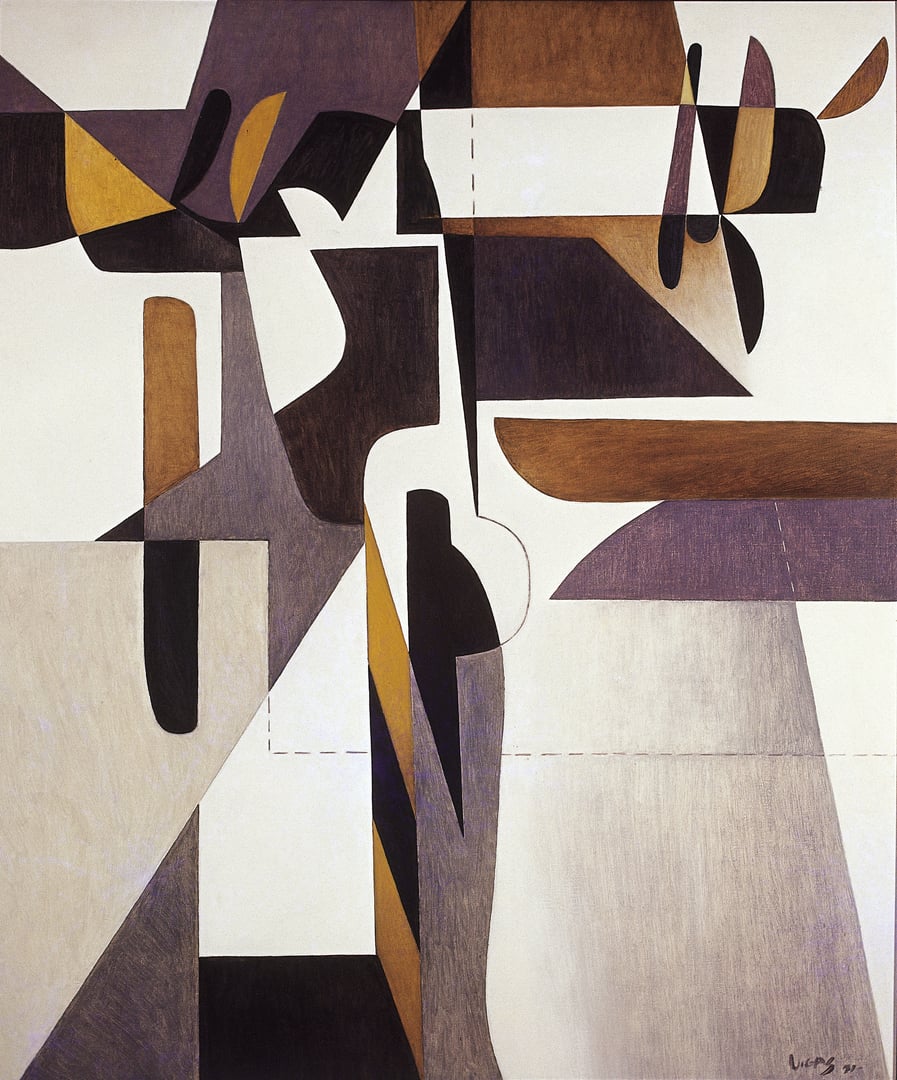
While Vigas’ work remains on view at the Boca Raton Museum of Art for just one more month, the Oswaldo Vigas Foundation is collaborating with the Museum of Modern Art in Mexico City on a show that centers Vigas within the Latin American modernist movement in relation to other legends like Rufino Tamayo, Joaquin Torres-Garcia, Wifredo Lam, and more. Stay tuned.








